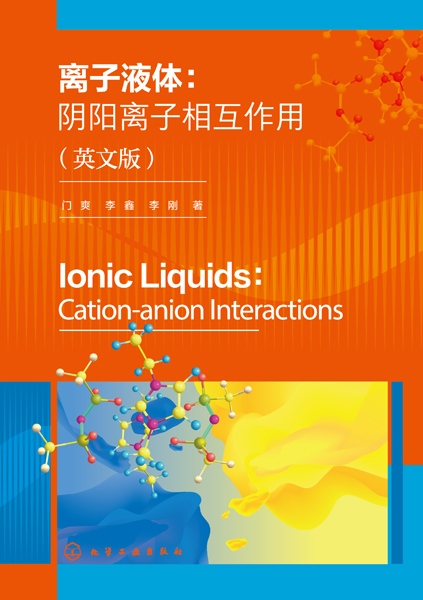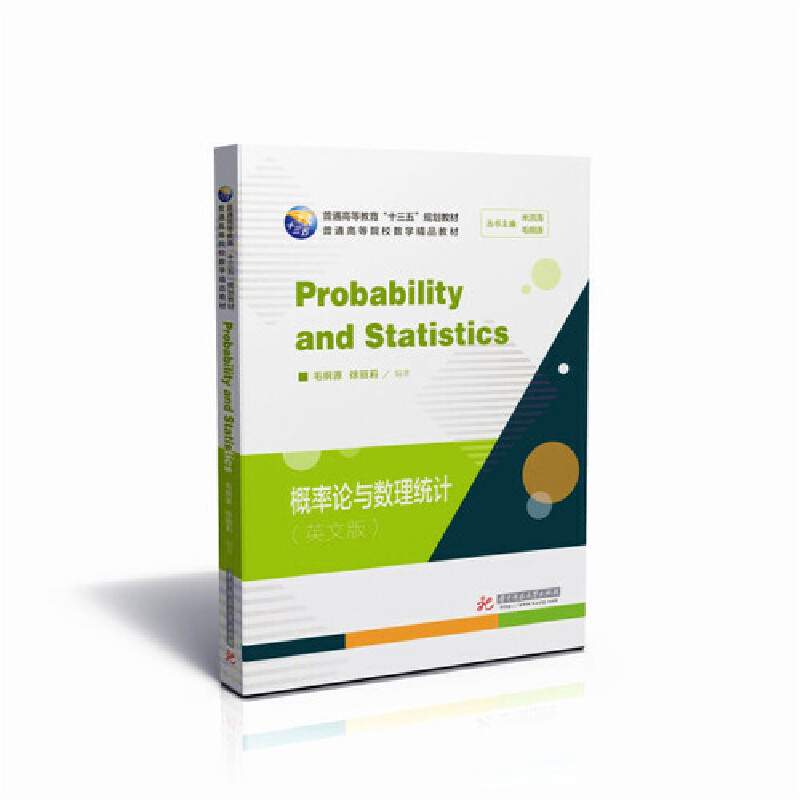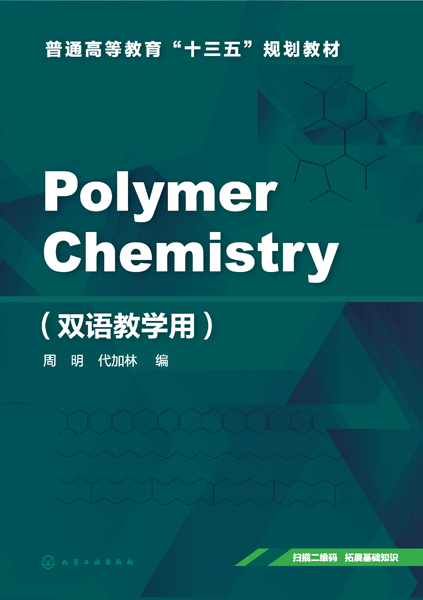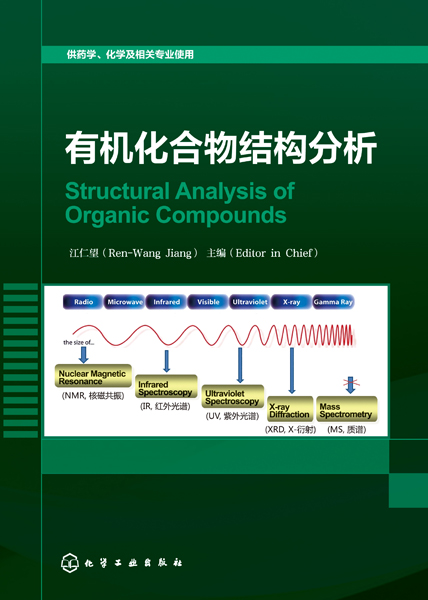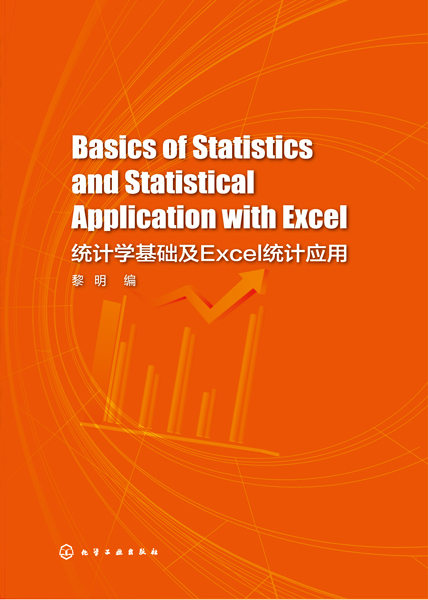离子液体:阴阳离子相互作用(英文版)
定价:¥98.00
作者: 门爽、李鑫、李刚 著
出版时间:2024-04
出版社:化学工业出版社
- 化学工业出版社
- 9787122455567
- 01
- 519530
- 2024-04
- 200
- 131
- ①O646.1
作者简介
目录
Chapter 1 Ionic liquids and photoelectron spectroscopy 1
1.1 Ionic liquids 4
1.2 Ionic liquids properties 4
1.3 Synthesis of ionic liquids 5
1.3.1 Materials 6
1.3.2 Instrumentation 6
1.3.3 2,3-Dimethylimidazolium ionic liquids 6
1.3.4 3-Methylimidazolium ionic liquids 8
1.3.5 Pyridinium ionic liquids 12
1.3.6 Ammonium ionic liquids 13
1.3.7 Phosphonium ionic liquids 13
1.3.8 Chlorostannate ionic liquids 14
1.3.9 Trihalide ionic liquids 14
1.4 XPS experiment 15
References 17
Chapter 2 Cation-anion interactions 23
2.1 [C4C1Im]+ ionic liquids 24
2.1.1 Electronic environment of carbon regions 25
2.1.2 Electronic environment of nitrogen regions 28
2.2 [C4C1C1Im]+ ionic liquids 29
2.2.1 Electronic environment of carbon regions and charge correction 30
2.2.2 Electronic environment of nitrogen regions 32
2.2.3 [C4C1C1Im]+ versus [C4C1Im]+ 33
2.3 [N1,8,8,8]+ ionic liquids 37
2.3.1 Electronic environment of carbon regions 37
2.3.2 Impact of the anion on the cation-anion interactions 39
2.3.3 Impact of the cation on the cation-anion interactions 39
2.4 [P6,6,6,14]+ ionic liquids 42
2.4.1 Electronic environment of carbon regions 43
2.4.2 Electronic environment of phosphorus regions 43
2.4.3 [P6,6,6,14]+ versus [C4C1Im]+ 44
2.5 [S2,2,1]+ ionic liquids 45
2.6 Impact of the cation acidity on the anion 46
2.7 Ionic liquid mixtures with binary cations 48
2.7.1 For the more basic anion 49
2.7.2 For the less basic anion 50
2.8 Conclusions 52
2.9 XP spectra for this chapter 52
References 74
Chapter 3 Chlorostannate ionic liquids 79
3.1 Formation of chlorostannate ionic liquids 80
3.2 Monitoring the electronic environment of Sn centre 82
3.3 Electronic environment of the cation 87
3.4 Electronic environment of the anion 89
3.5 Conclusions 91
3.6 XP spectra for this chapter 91
References 99
Chapter 4 Trihalide ionic liquids 102
4.1 Comparison to halide-based analogues 103
4.2 Anion basicity 107
4.3 Beam damage 108
4.4 Conclusions 114
4.5 XP spectra for this chapter 114
References 120
Chapter 5 Zwitterionic liquids 123
5.1 Electronic environment of carbon regions 124
5.2 Comparison to acetate-based analogues 125
5.3 Conclusions 127
5.4 XP spectra for this chapter 127
References 130
1.1 Ionic liquids 4
1.2 Ionic liquids properties 4
1.3 Synthesis of ionic liquids 5
1.3.1 Materials 6
1.3.2 Instrumentation 6
1.3.3 2,3-Dimethylimidazolium ionic liquids 6
1.3.4 3-Methylimidazolium ionic liquids 8
1.3.5 Pyridinium ionic liquids 12
1.3.6 Ammonium ionic liquids 13
1.3.7 Phosphonium ionic liquids 13
1.3.8 Chlorostannate ionic liquids 14
1.3.9 Trihalide ionic liquids 14
1.4 XPS experiment 15
References 17
Chapter 2 Cation-anion interactions 23
2.1 [C4C1Im]+ ionic liquids 24
2.1.1 Electronic environment of carbon regions 25
2.1.2 Electronic environment of nitrogen regions 28
2.2 [C4C1C1Im]+ ionic liquids 29
2.2.1 Electronic environment of carbon regions and charge correction 30
2.2.2 Electronic environment of nitrogen regions 32
2.2.3 [C4C1C1Im]+ versus [C4C1Im]+ 33
2.3 [N1,8,8,8]+ ionic liquids 37
2.3.1 Electronic environment of carbon regions 37
2.3.2 Impact of the anion on the cation-anion interactions 39
2.3.3 Impact of the cation on the cation-anion interactions 39
2.4 [P6,6,6,14]+ ionic liquids 42
2.4.1 Electronic environment of carbon regions 43
2.4.2 Electronic environment of phosphorus regions 43
2.4.3 [P6,6,6,14]+ versus [C4C1Im]+ 44
2.5 [S2,2,1]+ ionic liquids 45
2.6 Impact of the cation acidity on the anion 46
2.7 Ionic liquid mixtures with binary cations 48
2.7.1 For the more basic anion 49
2.7.2 For the less basic anion 50
2.8 Conclusions 52
2.9 XP spectra for this chapter 52
References 74
Chapter 3 Chlorostannate ionic liquids 79
3.1 Formation of chlorostannate ionic liquids 80
3.2 Monitoring the electronic environment of Sn centre 82
3.3 Electronic environment of the cation 87
3.4 Electronic environment of the anion 89
3.5 Conclusions 91
3.6 XP spectra for this chapter 91
References 99
Chapter 4 Trihalide ionic liquids 102
4.1 Comparison to halide-based analogues 103
4.2 Anion basicity 107
4.3 Beam damage 108
4.4 Conclusions 114
4.5 XP spectra for this chapter 114
References 120
Chapter 5 Zwitterionic liquids 123
5.1 Electronic environment of carbon regions 124
5.2 Comparison to acetate-based analogues 125
5.3 Conclusions 127
5.4 XP spectra for this chapter 127
References 130

